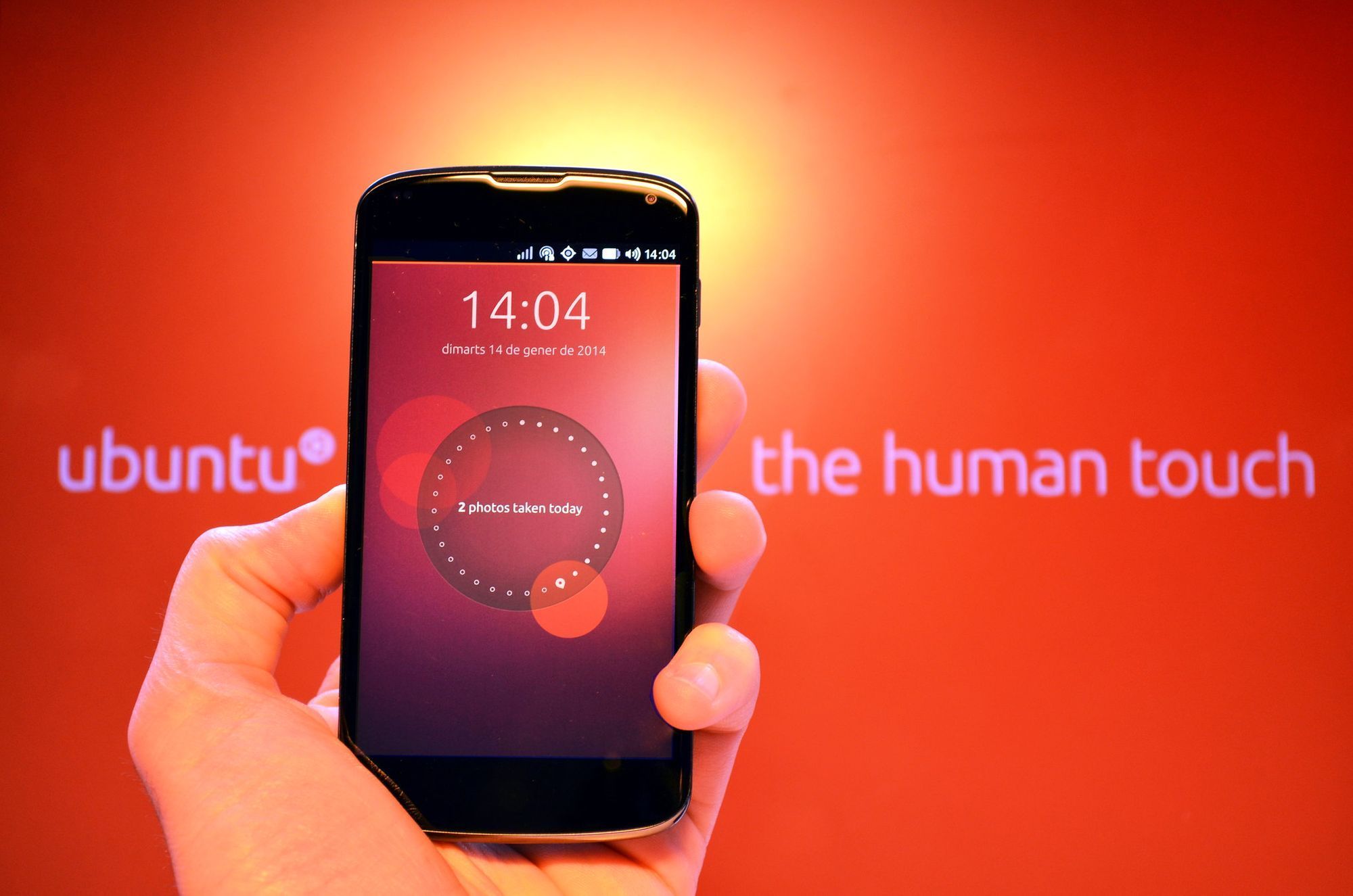Make Ubuntu speak your language
It's going to be one of the most exciting years in the history of Ubuntu. We're seeing innovation across the board, with a huge momentum and interest from OEMs and carriers to ship a phone with Ubuntu, with already a confirmed partner.

With our favourite OS expanding to yet another order of magnitude, every contribution is becoming even more important. And with phones shipping all over the globe, multilingual support and Ubuntu translators are going to be one of the keys to Ubuntu's success.
In the same way you've helped us bring an excellent localized experience to the desktop throughout the years, we now need your help ensuring the phone reaches that level of excellence too. Once more, you can bring Ubuntu on phones to millions in their language.
To make it easier to focus on the most important parts, here's a summary of the main Ubuntu components that can be translated in Launchpad, our collaborative translation tool.
And if you're new to translating Ubuntu, you can also help! Check out our Translations Quickstart guide >
Unity and scopes
Unity is essentially Ubuntu's UI, and version 8 is what is currently running on the phone and will ultimately run on all form factors once we achieve full convergence.
By translating Unity, the most visible user interface parts will appear in your language. Scopes are also part of Unity, and enable bringing content to users in a natural and organized way. The Click Update Manager is launched in the Applications scope when you install a new app.
Indicators
Indicators are another Unity technology that enables quick access to system settings that you access every day, such as networking, location, sound, etc., as well as the messaging menu. Translating indicators will localize their menus when you swipe from the top edge.
- Translate the Bluetooth indicator >
- Translate the Date and Time indicator >
- Translate the Power indicator >
- Translate the Sound indicator >
- Translate the Network indicator >
- Translate the Location indicator >
- Translate the Messages indicator >
Core and system apps
You can think of core and system apps as being the same thing: a set the essential apps every user would expect preinstalled on their devices. Translating core apps, you'll make it possible to have a richer localized experience with clock, camera, weather, calculator and more.
- Translate core apps >
- Translate system apps >
- Translate the System Settings app >
- Translate the Online Accounts app >
Testing translations
With the addition of multiple supported form factors, testing is important not only to ensure that translations are correct, but also that they fit in UI components of different widths. So please double-check that long texts fit in in the smaller factors such as the phone.
Translation testing on a running phone or on the emulator deserves an article of its own, so please stay tuned for the next update coming soon.
Happy translating!
Image: Human touch, by David Planella, under a CC BY-SA 2.0 license